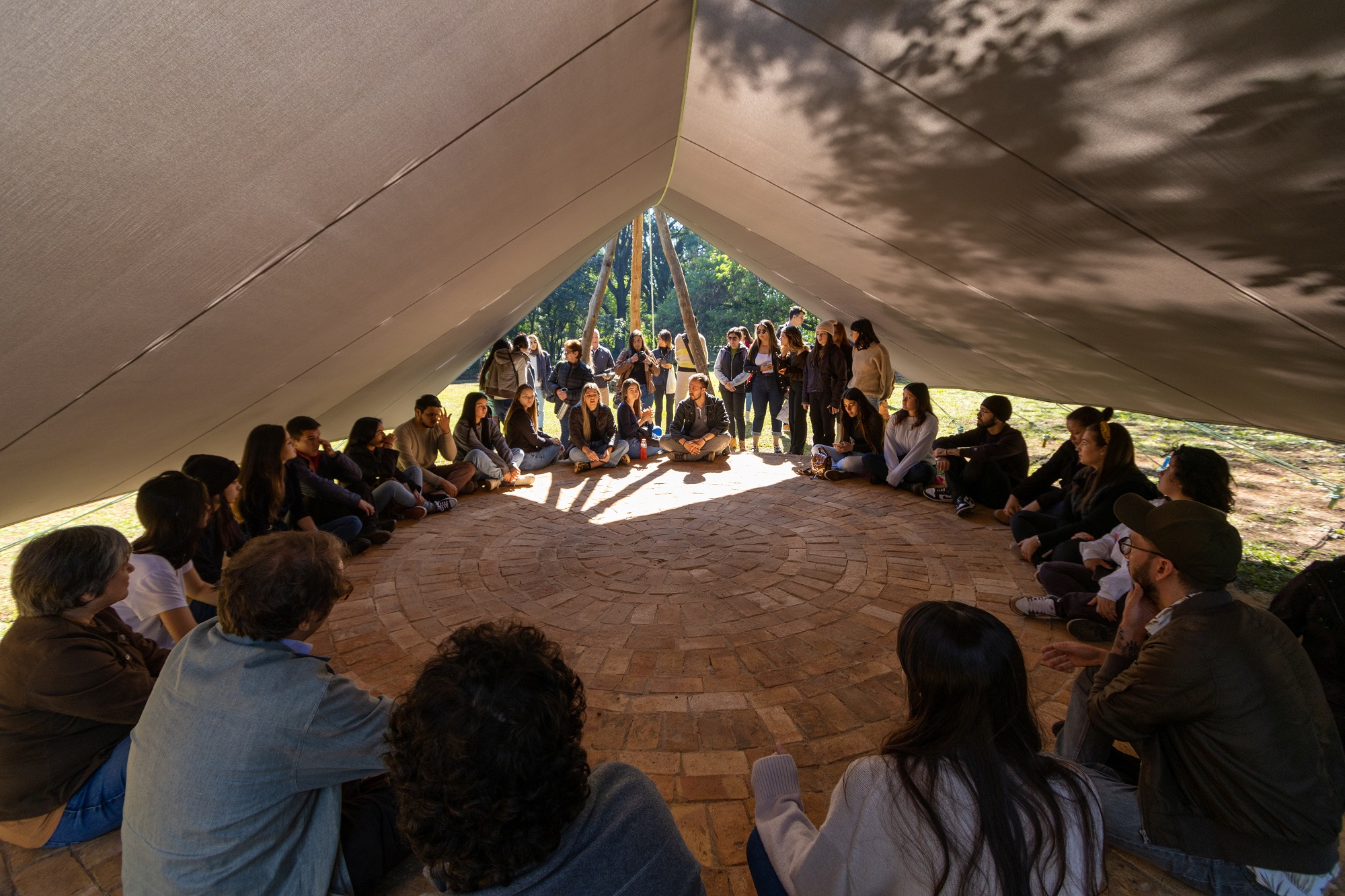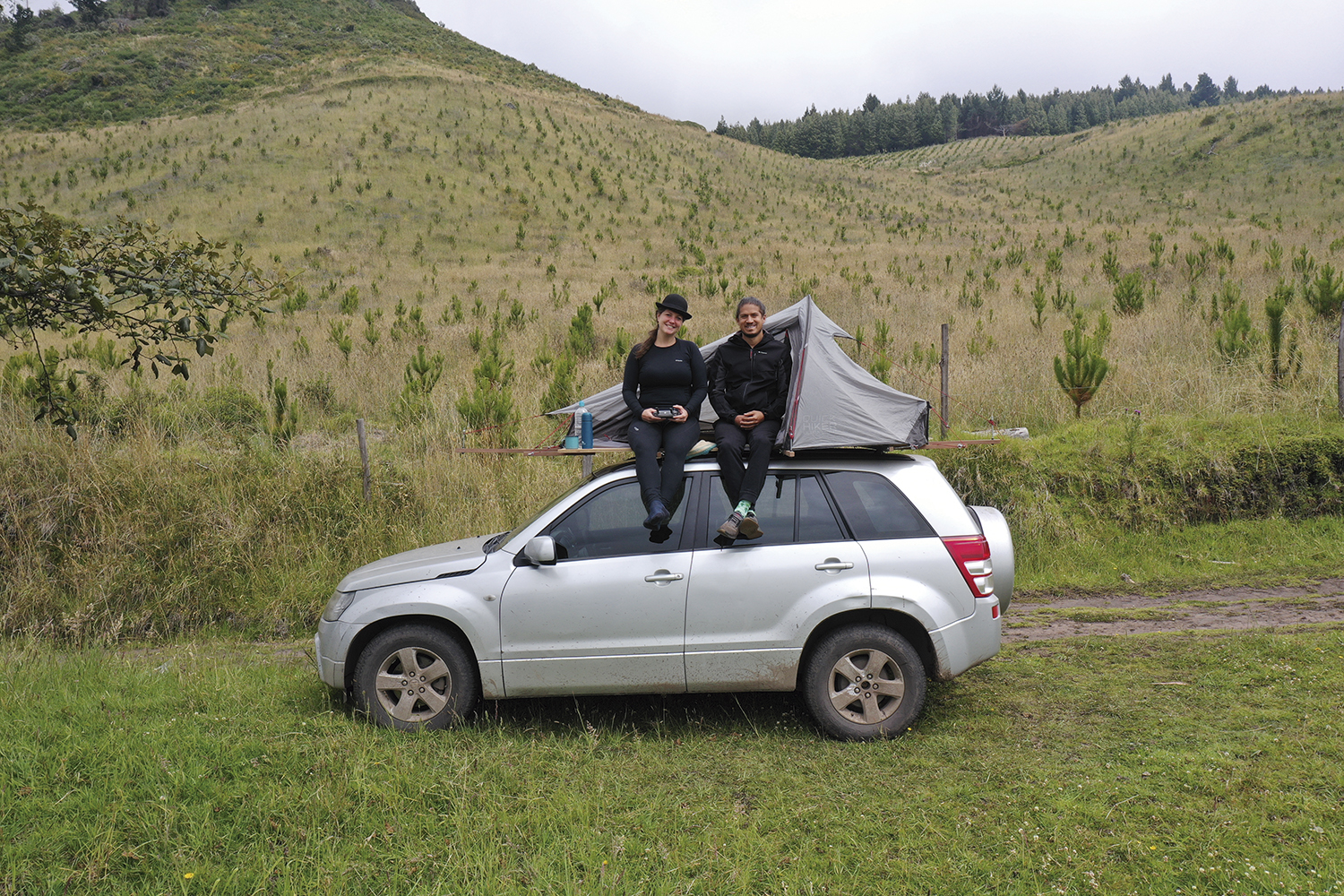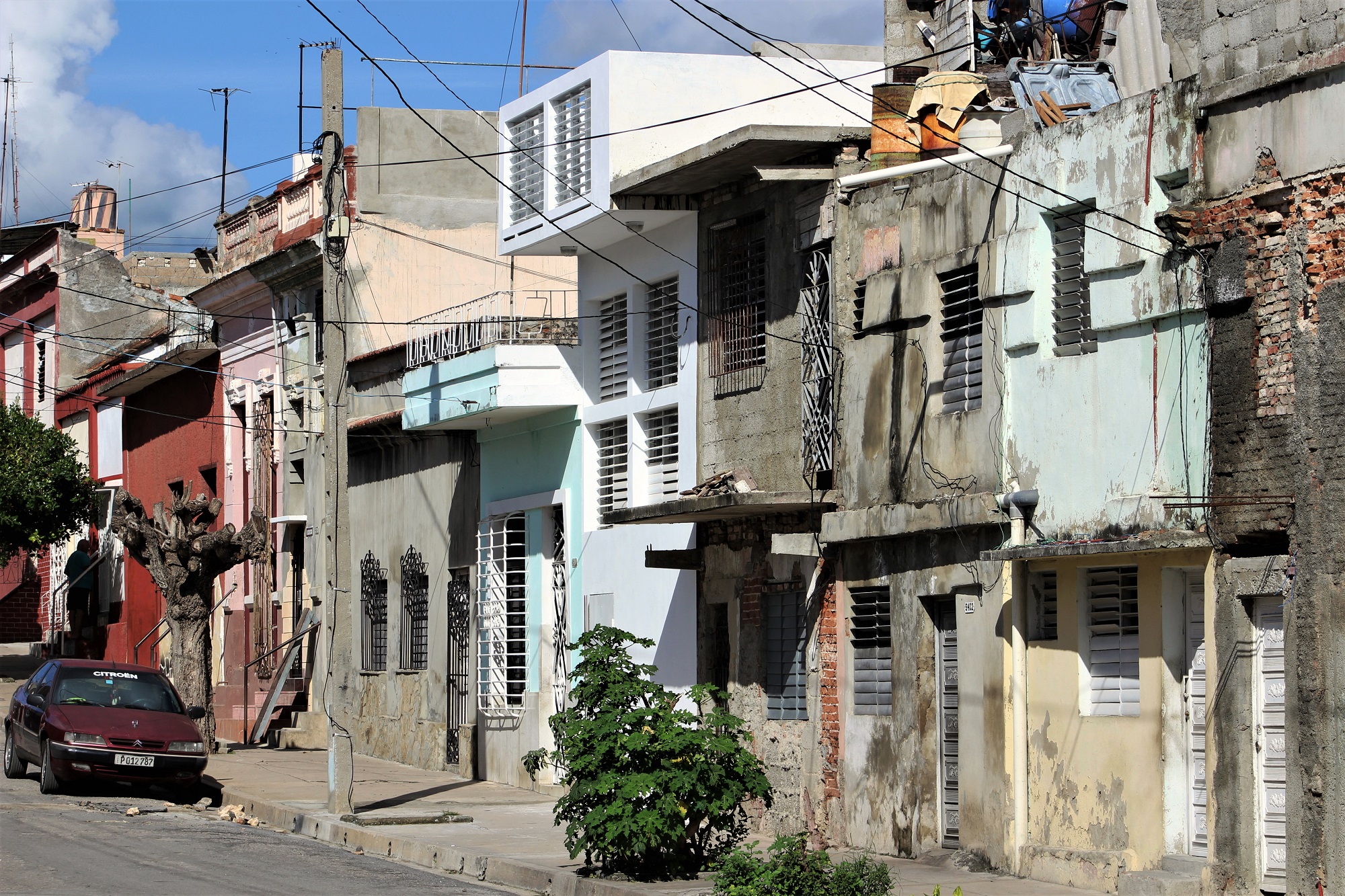Architecture Expresses, Interrelates, and Educates
Natura Futura (Babahoyo, Ecuador, 2014) is an architectural studio-workshop whose practice questions sensitive issues of architecture and Latin American cities.
Their practice is based on a continuous redefinition of the collective dimension, proposing actions that generate courteous cohabitation and processes of knowledge transmission.
Education
Formation
The need to generate a work with a deep commitment to the city and community life mobilized us to create Natura Futura. However, this collective project is also a personal motivation, which leads us to question ourselves about sensitive aspects of architecture in Latin America. We believe in a path of architectural exploration that works to find solutions through continuous questioning and research.
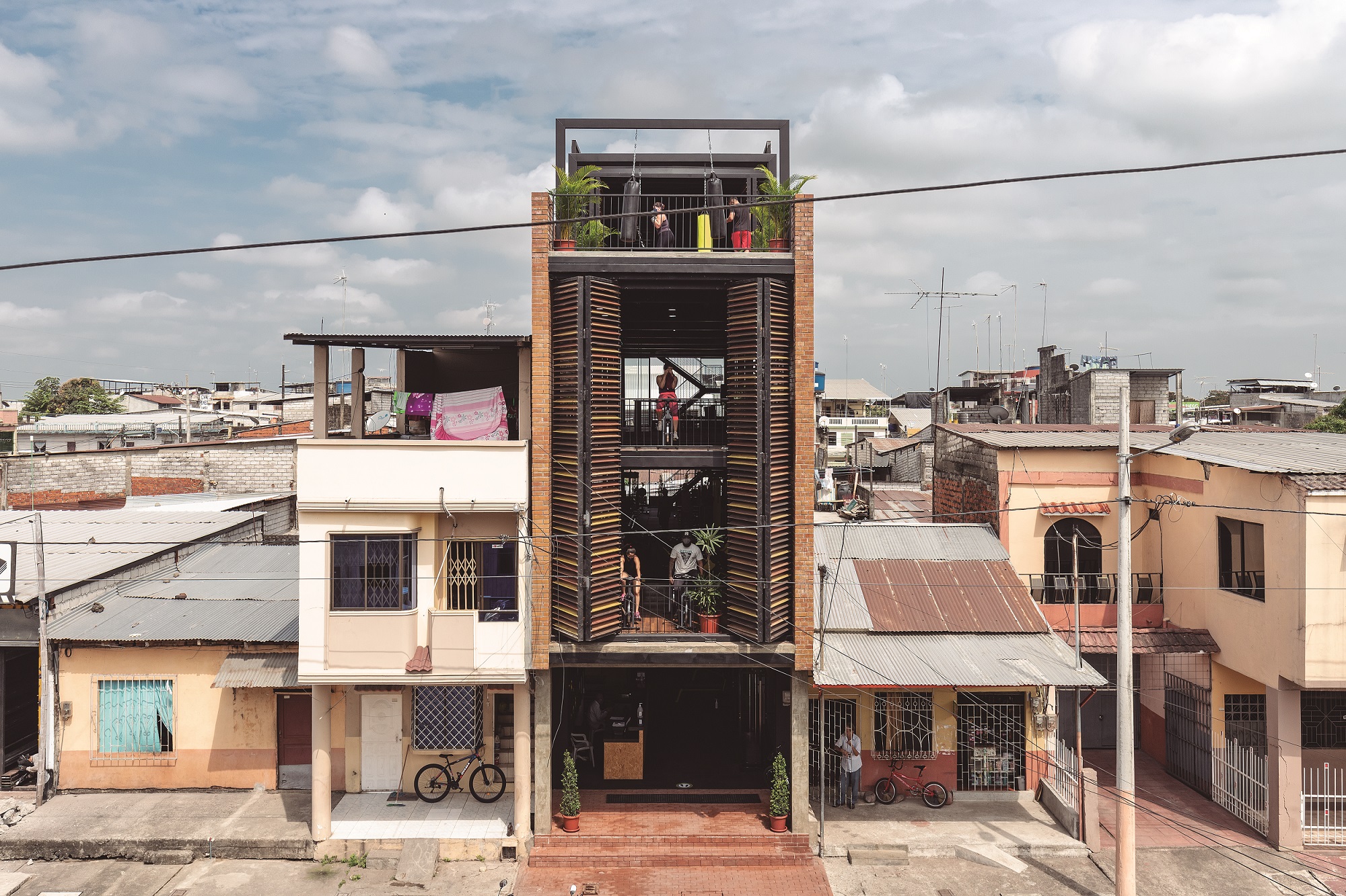
Teaching
We believe that academia, education and pedagogy are powerful artistic tools. The academy and architectural art should have the same principles, such as: community participation, management as a creative process, and production as a tool for transferring knowledge.
As a result, all these actions lead to the improvement of urban life. For example, a tree is planted in each urban proposal and a small bench is built facing the street. We really see academia, architectural production, and art as excuses to give a gift to the city.
Learning
Being outside our local scope is one of Natura Futura's greatest sources of inspiration. Sometimes, we travel as a team, sometimes separately. This situation takes us out of our comfort zone and allows us to experience and integrate other realities. A trip can generate new ideas or make us aware of issues we don't understand.
Of course, not all are leisure trips; some of them have been motivated by international workshops, such as the Latin American Social Workshop (TSL, for its Spanish acronym), which opens up the possibility of establishing connections with local young people. Leaving our local territory and experiencing other ways of living reinforces the possibilities for bringing new perspectives and knowledge to the table.
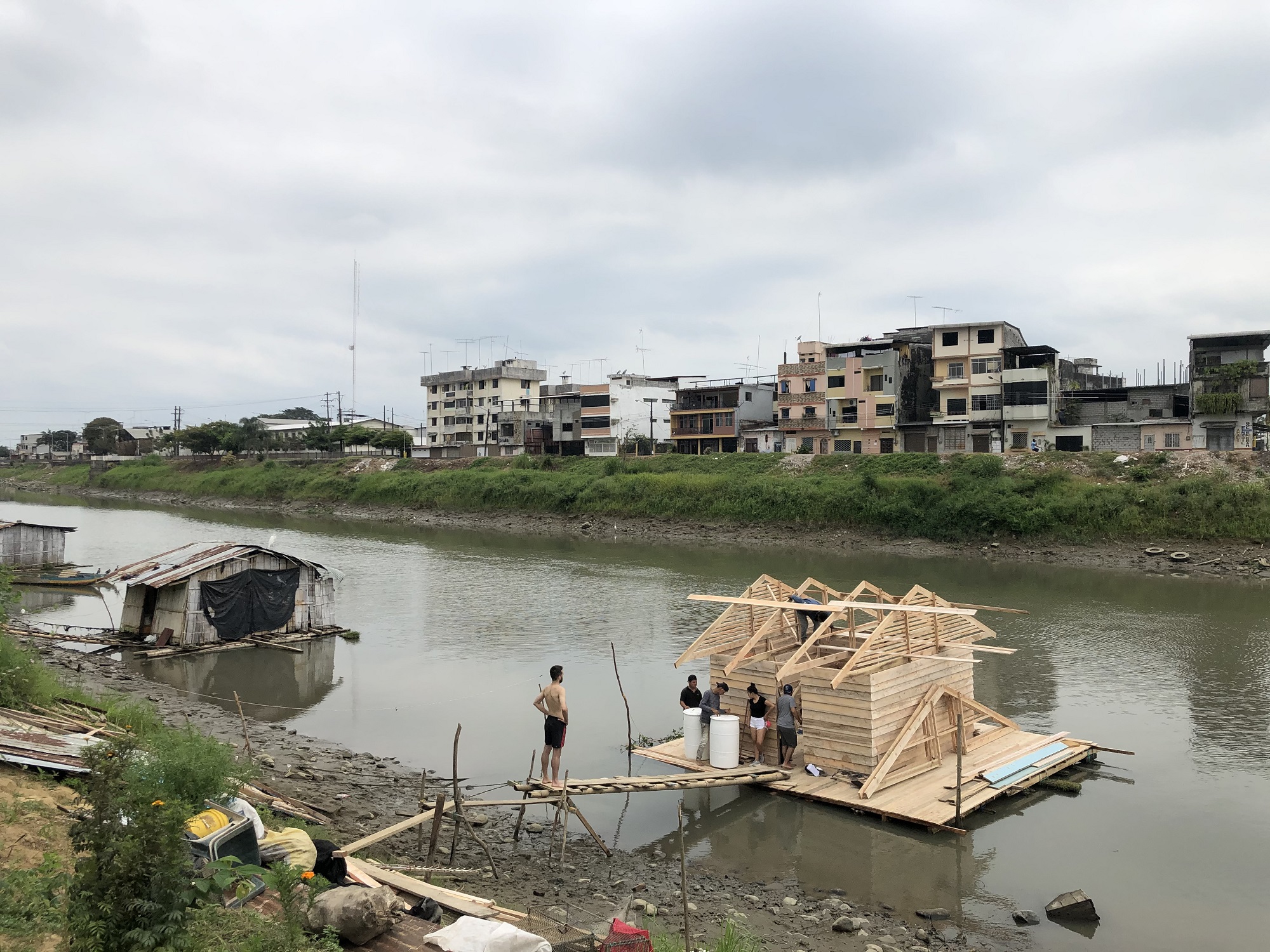




Processes
Beginnings
The best ideas always arise from understanding the relationship between community and management. These are not individual ideas but the result of getting different actors involved, such as foundations, public and private companies, and even local governmental forces. The ideas that mobilize a new project are always the result of a thoughtful reading of the context and an openness to learn from other people.
Questions
We believe that doubt is the origin of any new discovery. We even doubt innovation, because it is not an isolated result, it is always the sum of hundreds of references and elements organized in a new way. Understanding this, doubting the first results, makes us try new possibilities, challenging the ideas of the other; being and thinking differently is what fertilizes the ground for new ideas.
We once talked in the studio about how “no one has sat in that coffee shop the way I have sat; no one has had the same reflections, thoughts or conclusions about my existence.” So, intuition is part of an internal universe of one’s own, irreplaceable, but always open to new perspectives over time.
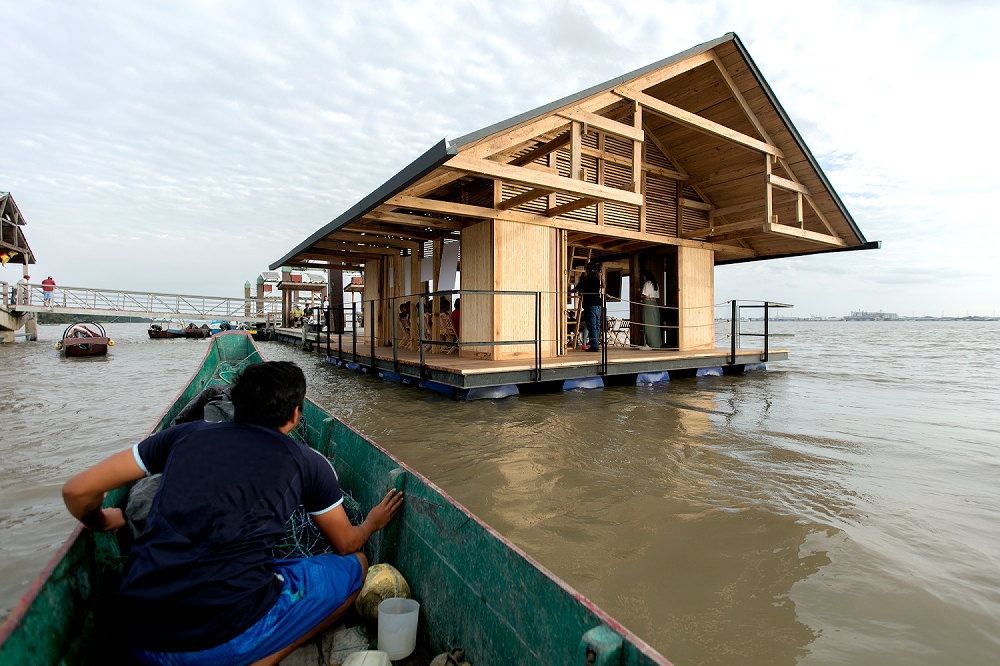
Strategies
We believe in individuality to the extent that we know each other's strengths. For example, while one is pretty quick at getting the initial conceptual ideas off the ground, the other is better at grounding them into the reality of the project. It’s a synchrony in which each one fits in what one is best at, each one knows his/her field of action well. That is as far as our individuality goes, and then we become interdependent. If we don’t affirm interdependence in the team, two things could happen: the invalidation of the importance of any of the members, or the overvaluation of the ego.
We’re all valuable, we all contribute in different but equally important ways. On this basis, the methodology of the collective work goes through stages, from the understanding of the territory and the future inhabitants, through the conceptualization and development of the first ideas, to the final establishment of the morphology, materiality and function of the project. Actually, our processes are quite fluid, and we believe that this is largely due to the recognition of each person's role.
Procedures
One of the tools and procedures for the development of a project is the understanding of the locality, which means understanding its materials, scales, construction techniques, and ways of living. Many of the techniques that we implement in the projects had been used many years ago, but have been replaced or categorized as “not very useful” or for “low socioeconomic strata.”
Our aim in developing projects is to create a new narrative around the use of these techniques and materials. We try to show how these traditional techniques of building cities can help us to experiment and propose solutions to current problems, such as insecurity, inequality, unsustainability, as well as using materials that people feel as their own. The idea is that, through new tools and procedures, the value and dignity of what is being lost can be restored.
Dialogues
These connections happen naturally. We don't usually go through any kind of strict pre-selection, but we meet them along the way. One person we have worked with is Juan Carlos Bamba, who has been involved in the research process of developing floating devices since 2020. His inclusion was fairly straightforward, as we were talking about the same topics and felt that a joint collaboration could yield great results.
These kinds of collaborations are not only in the generation of projects but also in the development of illustrations, writings, photomontages, conceptual collages, etc. They’re instances where the primary intention is to explore the creative possibilities of local talents. We strongly believe that we all have something valuable to offer, and little by little, we contribute to the growth of the projects.
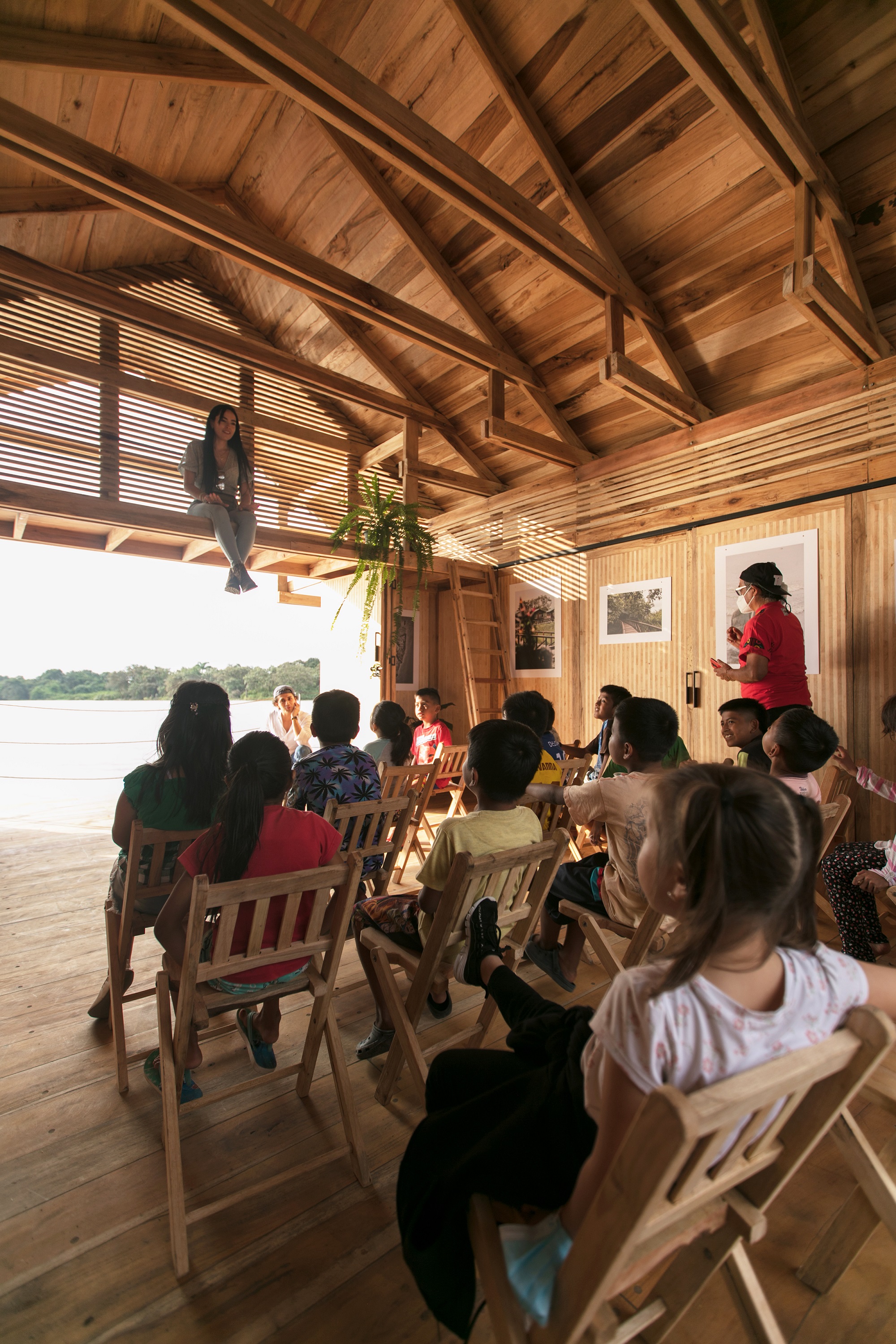
Works and Projects
In Progress
We continue to explore new ways of approaching the city and understanding its needs. We recently collaborated with a young entrepreneur from Babahoyo, who was looking to create a space where he could offer cultural activities, concerts, and also where he could sell pizza. This project is small but of great significance for all that it implies. We like to think about the enormous contribution that these small actions can generate.
Now we’re involved, together with Juan Carlos Bamba, in the research and development of floating spaces and prototypes. The city of Babahoyo, like many others on the coast of Ecuador, emerged from the river. In addition to the climatic and housing conditions of the city, we believe it’s pertinent to take a look back and understand how these floating dwellings are more resilient than those located on land. So far, we have developed a shelter for a fisherman, a floating vegetable garden for a farm in the fields of Samborondón, and a floating community observatory on Santay Island, in Durán.
In Retrospect
Each project offers a special learning experience, but it’s worth highlighting those that are only possible thanks to the joint work between foundations, private enterprises, and Natura Futura. One of them is the project La Comuna, where a foundation invited the studio to participate in the improvement of the work and living infrastructure of a family of recyclers.
This project was developed in the urban center of Huaquillas and sought to highlight the local materiality, which was donated by various organizations, leaving aside the idea of cement as the only model of development. The entire project was intended to express the needs of the future user, using passive conditioning systems, productive spaces for the family, and flexible areas that oscillate between the private and the semi-public.
Contexts
Our context, beyond the city of Babahoyo, includes Latin America. We think that the political, cultural, geographic, and social conditions of the region lead to gentrification, lack of diversity and equity, and the absence of public policies that guarantee the creation of more humane and livable cities. So, we believe that architecture has an enormous power to impact the local and global context: from the bench placed on the sidewalk, to the countless positive interpretations that a project can generate at a global level.
Little by little, the architecture we generate expresses a manifesto in the face of local and global problems. From a small floating house that expresses the need to recover undervalued heritage, to the construction of a large gymnasium that exposes new ways of generating urban equipment. Architecture is a critical act in itself, which, with small gestures, can generate great changes. Architecture expresses, interrelates and educates.
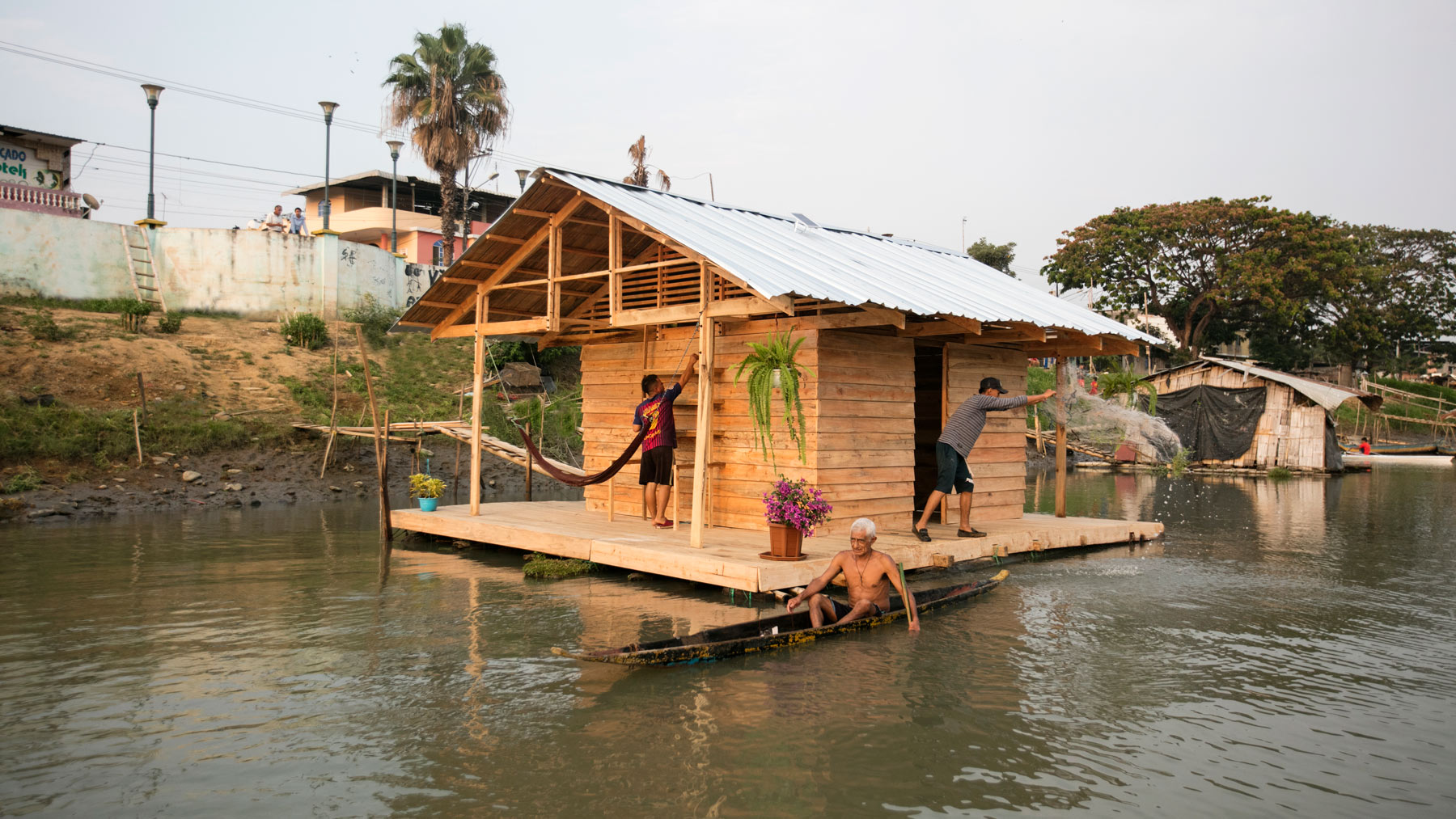


Reflections
Working in a cooperative and non-competitive way allows us to understand aspects that go beyond architecture per se. It allows us to understand the people who inhabit the city and their deepest values. We believe that connecting our essence with architecture is key to understanding the context in which we work. Architecture teams have a social role, as they have the ability to use their self-management resources to make everyday problems visible, offering creative solutions.
